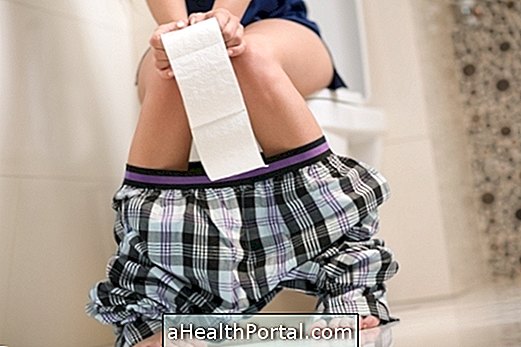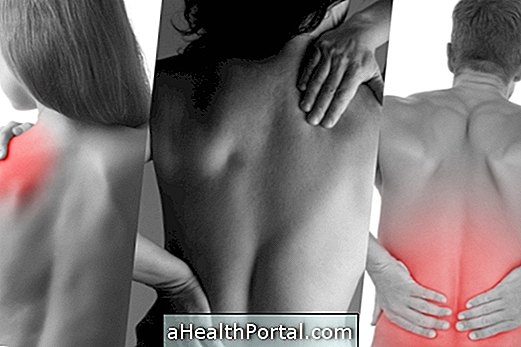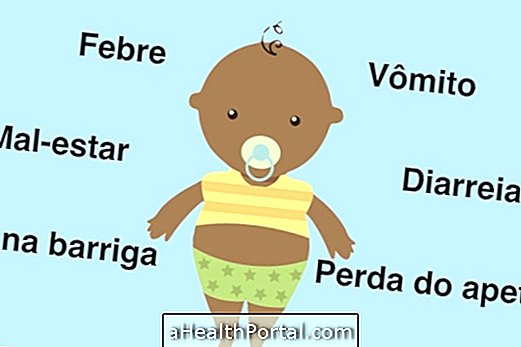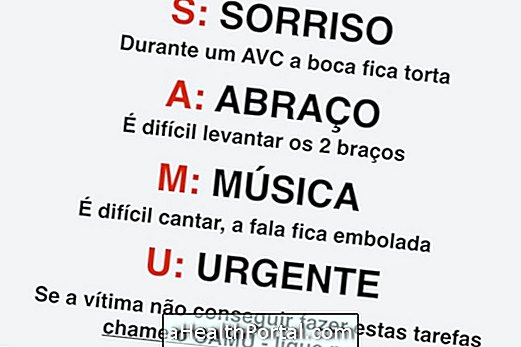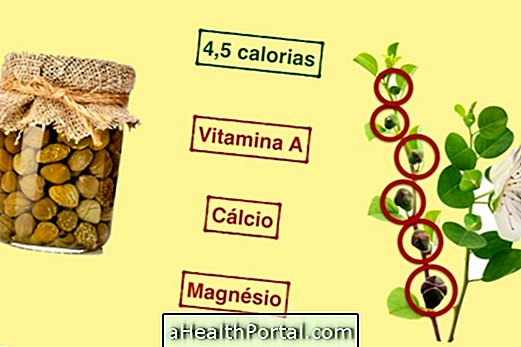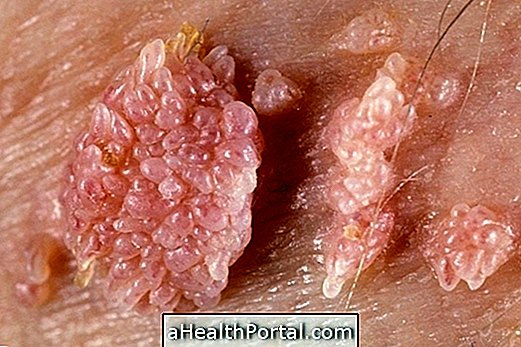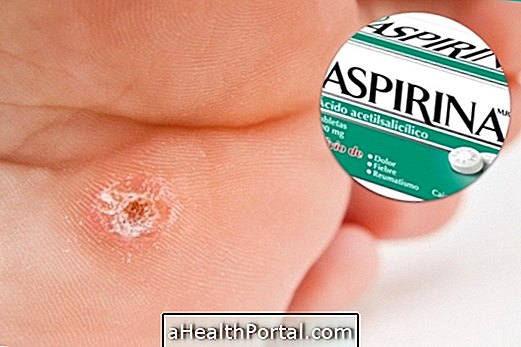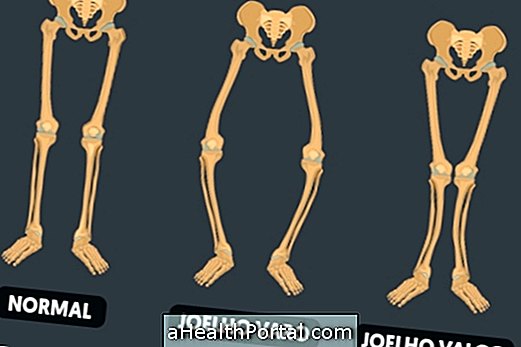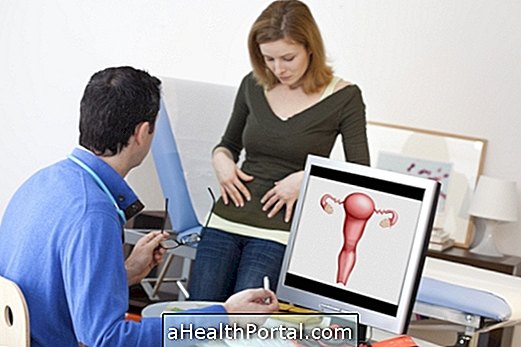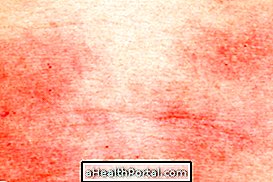To identify rheumatoid arthritis, it is necessary to observe the presence of symptoms such as pain and difficulty to move the joints. These symptoms can occur at any stage of life but are more common after age 40 and can manifest in any joint and the places most affected by arthritis are the hands, feet and also the knees.
Symptoms of rheumatoid arthritis
If you think you may have rheumatoid arthritis, select your symptoms:
- 1. Pain in the joints symmetrically (on both sides of the body) Yes No
- 2. Swelling and redness in one or more joints Yes No
- 3. Difficulty in moving the joint Yes No
- 4. Decreased strength at the site of affected joints Yes No
- 5. Joint pain that is worse after waking up Yes No
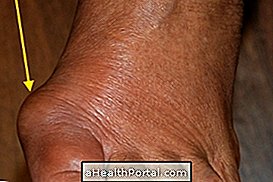
So when a person has arthritis in their hands it is common to have symptoms like pain and difficulty opening and closing hands and lack of strength in the hands that can be observed when trying to hold 1 glass of water or open the door handle for example.


Symptoms that may indicate advanced rheumatoid arthritis may be:
- Severe pain and swelling in the joint;
- Sensation of burning or redness;
- Stiffness in the affected joint, especially when waking up and
- Nodules may appear under the skin.
Rheumatoid arthritis is an autoimmune orthopedic disease, where the cartilage, ligaments and bones deteriorate over time. See also Symptoms of Rheumatism in bones.
What to do in case of suspected rheumatoid arthritis
When a person suspects that he has rheumatoid arthritis because he has the above symptoms, he should go to the orthopedist to see the joints, his general health and ask for tests such as X-rays or MRIs to observe the extent and severity of the lesion.
The doctor may also indicate the use of remedies to relieve pain and inflammation and indicate physical therapy to improve well-being, decrease pain and restore function, and prevent deformities from settling in. Although there is no cure rheumatoid arthritis should be treated because if not treated there may be a progressive worsening of the injury, which hinders the patient's life and may generate dependencies of others.
How To Relieve Rheumatoid Arthritis Pain
What you can do at home to relieve the pain of rheumatoid arthritis is to soak the sore joint in warm water, moving it slowly, letting the warm water act for about 15 to 20 minutes.
In case of arthritis in the knees it is advisable to avoid standing more than 1 hour or walking for long trails. A good strategy is to put a wet towel on warm water on top of the knees or use a gel pack bought at the pharmacy.
In any case physiotherapy is always indicated because it has resources that can bring relief of pain and improvement of the function, being able to be carried out daily or according to the need and financial condition of the patient. See how treatment for rheumatoid arthritis should be in pregnancy.
What happens if you do not treat rheumatoid arthritis
The complications related to rheumatoid arthritis that can arise when it is not treated can be:
- The deformity of the affected areas;
- The progressive loss of joint function;
- Rupture of tendons and ligaments;
- Instability of the spine, when the joints of the spine, hips, knees or ankles are affected.
When identifying any symptom mentioned above the individual should seek an orthopaedist to initiate appropriate treatment, which includes medications and physical therapy. Physical therapy exercises can be done at home and are an excellent help to relieve symptoms, check out a few examples: Exercises for arthritis.
